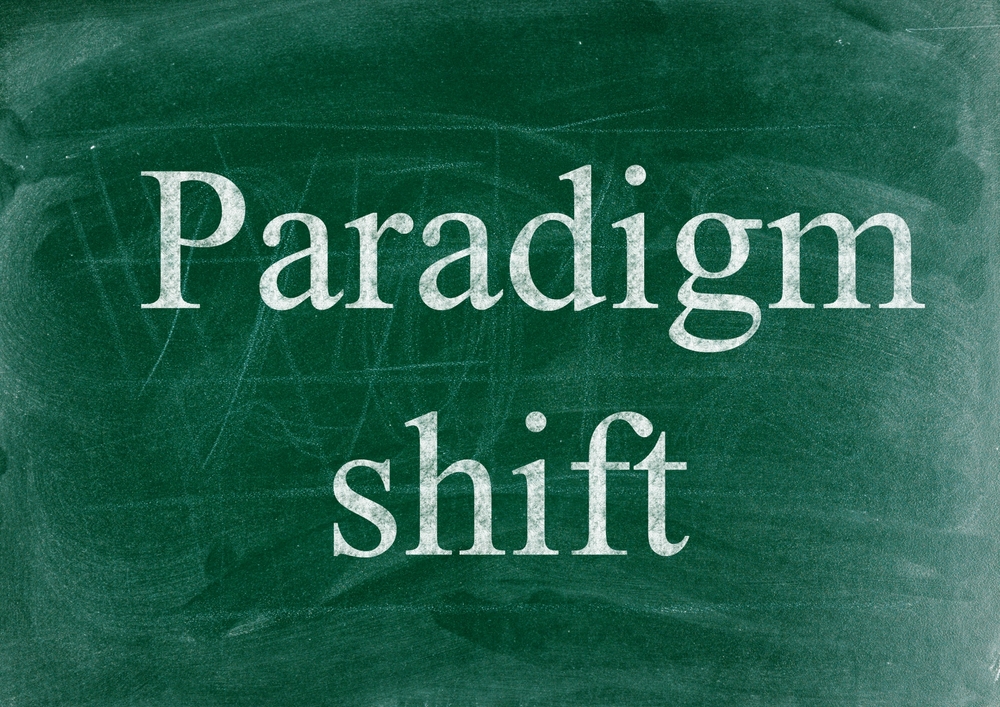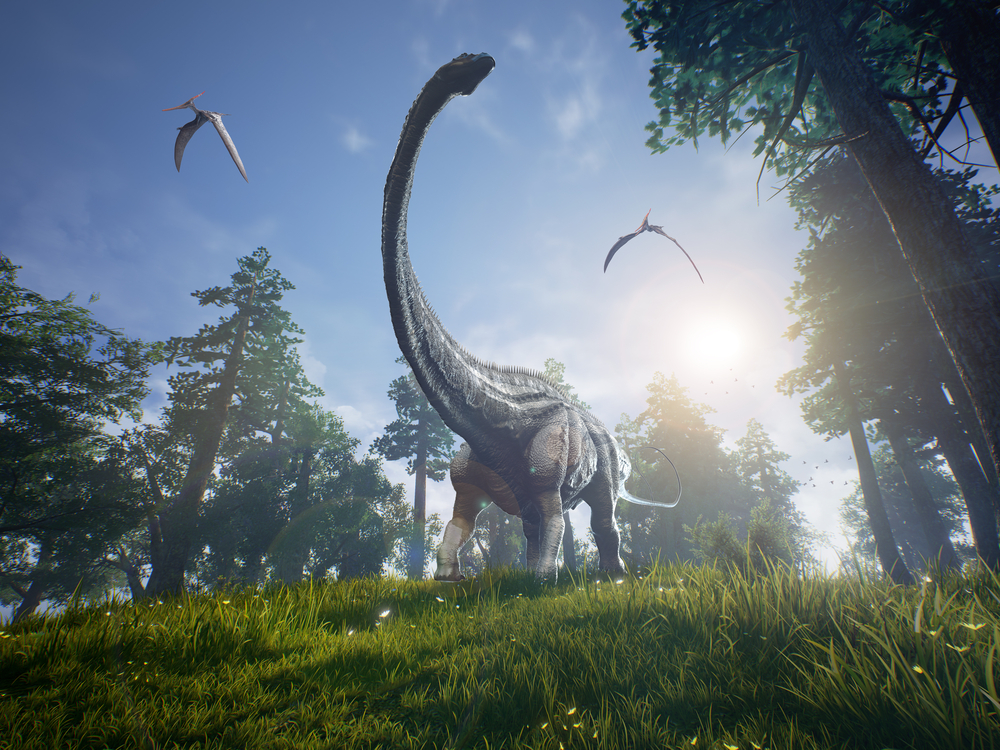SCIENTIFIC REVOLUTION
“The measure of greatness in a scientific idea is the extent to which it stimulates thought and opens up new lines of research.”
paul a.m. dirac

In his 1962 book, The Structure of Scientific Revolutions, Thomas Kuhn used the term “paradigm” to describe the set of preconceptions that is assumed to represent the objective reality of a particular field of science at any given time. Most of the work of scientists is “normal science.” The then-current paradigm provides the conceptual framework for analyzing observations and conducting experiments. Since the type of solution that must be found is well defined and the paradigm sets rigid parameters for the types of experiments to be conducted, Kuhn characterizes scientific research during periods of normal science as “puzzle-solving.”
The Maintenance System and Evolution
A fundamental premise of the New Paradigm is that intrinsic damage is an inexorable force that has afflicted every complex organism that has ever existed on the planet. Multi-cellular organisms are possible only because they have maintenance systems that can replace damaged cells as they die off. But simply replacing cells isn’t enough when dealing with complex metazoans. Complex metazoans with specialized cells are possible only because they have sophisticated maintenance systems that can identify, eliminate and replace those specialized cells when they sustain damage or die. In other words, the story of the evolution of animals must go hand in hand with the evolution of maintenance systems.

Longevity is a Function of the Capabilities of the Maintenance System
Aging theorists have long noted the fact that the longevity of otherwise similar species can vary remarkably. An obvious example would be rodents. Even under ideal conditions, the lab rat will rarely survive for more than a few years; by contrast, the longevity of the naked mole rat is estimated to be more than three decades. The only explanation for the extreme variances in longevity is that longevity is genetically determined and developed through an evolutionary process in a way similar to the one that determines other species-specific traits.¹
The New Paradigm posits that each species is endowed with a maintenance system that is designed to prevent any diminution in functionality throughout the natural lifespan of the species. If there is no diminution in functionality, then there can be no aging-dependent causes of death. Thus, by definition, the longevity of any species is determined by the capabilities of that species’ maintenance system.
This hypothesis is discussed in greater detail in the essay entitled “Aging in Other Species.”
Evolutionary Choices

Chronological Limitation on the Efficacy of Maintenance Systems
The New Paradigm defines “natural lifespan” of a species to be the period of time before substantially all members of that species would die from non-aging-associated causes (e.g., starvation or predators) in their evolutionary environment. An “effective” maintenance system is one that would be capable of preventing any symptoms of FDS from manifesting during an organism’s natural lifespan.
Evolutionary principles dictate that any mutation that would allow the maintenance system to ensure optimal functionality throughout the natural lifespan of an organism would confer an evolutionary advantage, and thus such a trait would be genetically inherited.²
This hypothesis is discussed in greater detail in the essay entitled “Aging in Other Species.”
Any Disruption of the Maintenance System Will Result in a Degenerative Disorder
Damage-Based Theories of Aging
As a result of the misconception that maintenance of the human organism should be simple, much of the theoretical work in the area of human aging has focused upon identifying types of intrinsic damage that are inevitable and irreparable. One well-known such theory is the mitochondrial free radical theory of aging. Another damage-based aging theory relates to telomere attrition. New cells are typically created through mitosis, whereby a mother cell divides and produces two new cells that are duplicates of the original. However, there is a limit to how many times a cell can divide. Telomeres are special structures at the ends of all chromosomes that prevent chromosomal termini from joining together. Every time a mother cell divides to produce two daughter cells, the telomere length of the daughter cells is shorter than that of the mother. This continues until the critical point at which telomeres can no longer be formed. A typical cell can only divide approximately 50 to 70 times before it reaches the Hayflick Limit, at which point the cell ceases to divide. They become senescent cells, or “SCs.”
Although they can no longer self-replicate, SCs stay metabolically active. Among other thing, SCs emit distress signals alerting the maintenance system that the damaged cells need to be eliminated. The inflammaging hypothesis posits that if SCs are not eliminated, they continue to excrete these signaling molecules. The signaling molecules have an adverse effect on nearby cells, inciting local inflammation (inflammaging). The inflammaging proponents speculate that in younger humans, the immune system eliminates the SCs, but that the aging process causes the immune system to lose the ability to eliminate SCs. The accumulation of SCs causes inflammaging, which in turn causes aging. ³
This analysis has an inherent appeal to life scientists because it focuses on the damage side of the equation. Better yet, it gives the scientists a target. Scientists have identified “senolytic compounds” that are capable of the selective eradication of SCs. Experiments show that administration of senolytics is associated with a decrease in the number of SCs and thus a decrease of the cytokine secretion (distress signals) in human tissues. However, although eliminating SCs appears to have beneficial health effects on mice, no one has been able to demonstrate any beneficial health effects on humans.
The Institute agrees that the glut of molecules, including cytokines, chemokines and proteases, secreted by an SC constitute both a distress signal and information regarding the type of cell involved. But where proponents of the inflammaging hypothesis see those signals as being harmful to the organism, the Institute posits that these chemical signals are further empirical evidence that humans are endowed with a sophisticated maintenance system. So long as the maintenance system is working optimally, it will respond to these distress signals, remove and replace the defective cells, and there will be no accumulation of SCs and no resulting decrease in functionality .
FDS is a Degenerative Disorder
- Goldsmith TC, On the programmed/non-programmed aging controversy, Biochemistry (2012).
- In their evolutionary environment, no mammal ever exhibits any symptoms of FDS. Intrinsic damage is an inexorable force that affects all organisms. Thus, other mammals can avoid the symptoms of FDS only if they do have fully effective maintenance systems. In other words, as an empirical fact, all mammals have fully effective maintenance systems.
- See, generally, Franceschi, C, et al, Inflammaging: a new immune-metabolic viewpoint for age-related diseases, Nature Reviews Endocrinology (2018).
The next essay in this Section is “Degenerative Disorders.”
